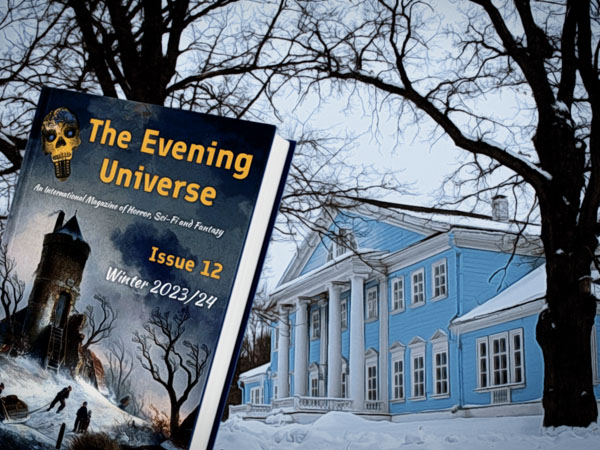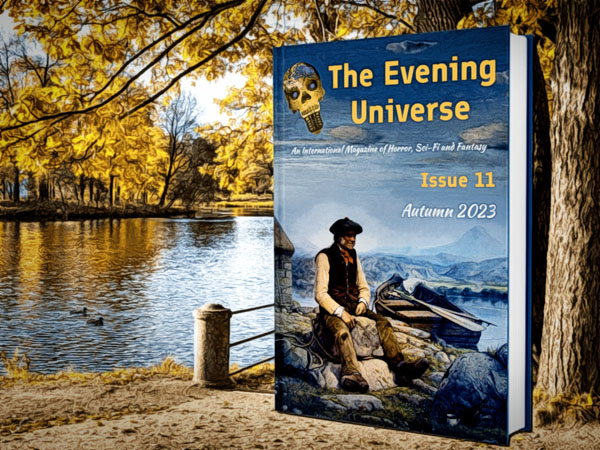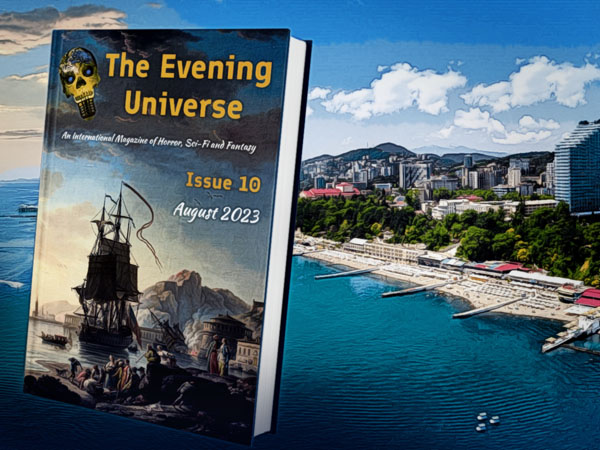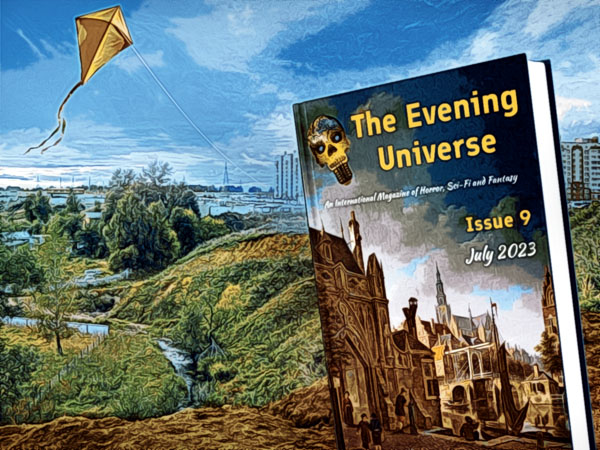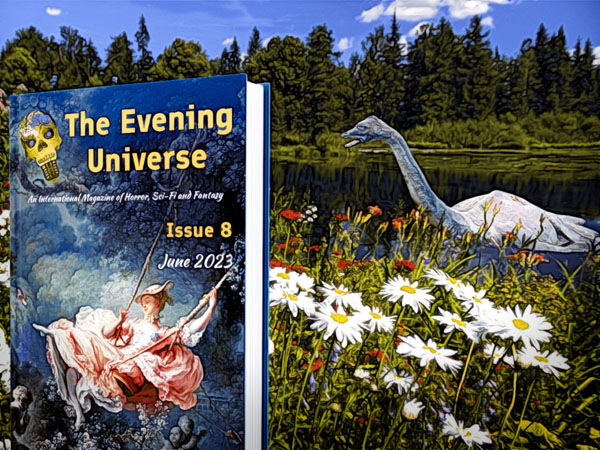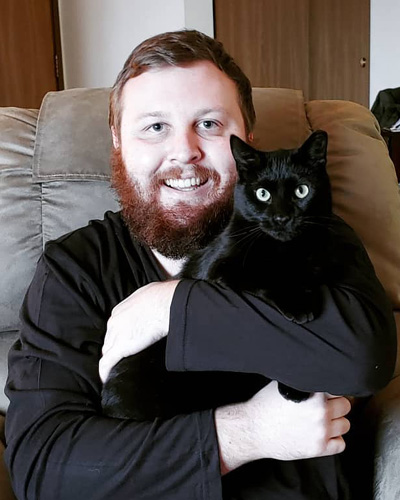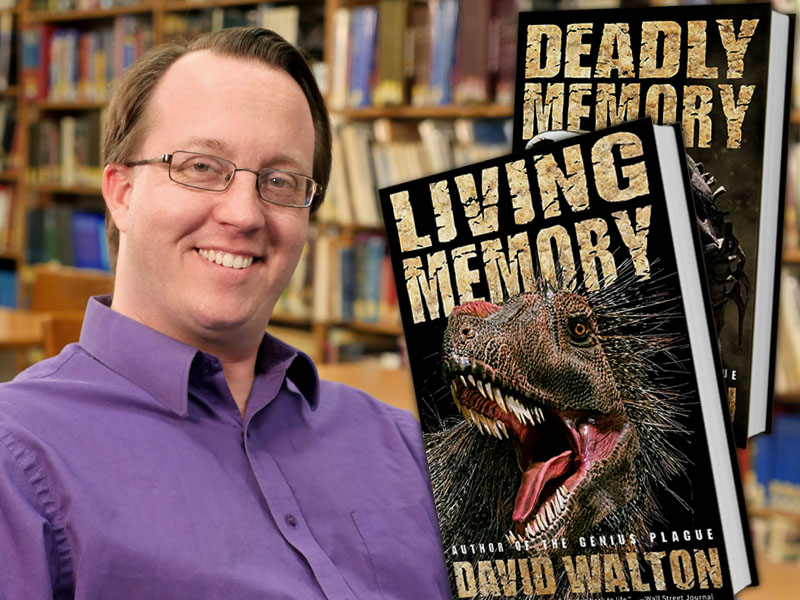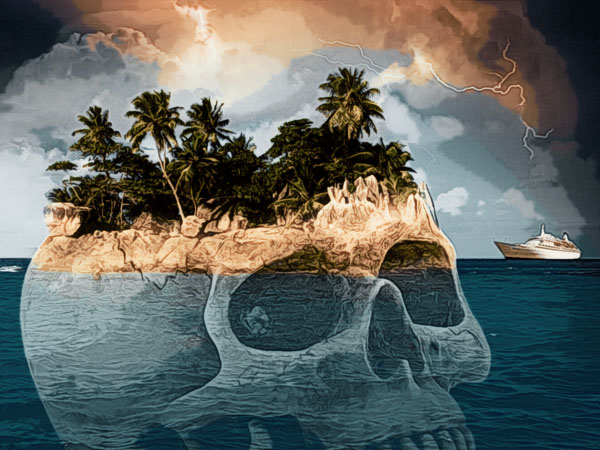
They found it in 1974, and have worked tirelessly to keep it secret from the rest of the globe.
It’s in the middle of the Pacific Ocean, but if you try to find it on your own I can promise you you’ll get turned around. If not from the vast blue waters, the government boats posted there will give you some oil spill story, and encourage you to find a different route to wherever you’re heading.
The landmass itself is an island, but one that isn’t made of grass or dirt. Scientists sent there after discovery took samples of everything they could get their hands on, and found almost everything on the island was composed of human DNA.
Trees were made of human cardiac tissue. Bulbous, breathing yellow sacs extended out in place of leaves, composed of human lung tissue. The soil was acidic, formed by a combination of nitrates and human digestive tissue. Grass was made of different types of epithelial and connective tissue, turning different shades of brown depending on how much melanin was detected in each blade.
On the third day, large, bloated humanoid figures emerged from the soil, attacking scientists on sight. While there was only one injury, the bodies of the humanoids were dissected, found to be composed of human white blood cells.
The theory was these entities cited as the island’s immune system, generated to remove the foreign invaders from their host.
We found a cave system, which was made of, you guessed it, human skeletal tissue. Being men of science, we needed answers, so we went cave diving. The caves went deeper than we could travel, and were full of holes, just large enough for a man to slip inside.
There’s a reason we know that. I have my coworkers scream from the audio recording set as my text notification (she hates me for it, but I think it’s hilarious).
While we were leaving the skeletal cave, a corpse, bloated and decomposed, crawled inside the cave with us. It moved loosely, like it took all the energy in the world, and crawled up inside the cave, out of sight.
We had no idea where it could have gone, but after reviewing notes, I had an idea.
We dug into the grass, made of skin tissue, which covered the soil, made of digestive tissue. Underneath, we found thousands of corpses, in different stages of decomposition. Some looked like they had been digested, others looked like they had been nibbled at by fish and bloated from months underwater.
We don’t have an exact estimate, but we think bodies lost at sea reanimate, and come to this place, to be broken down and turned into this…slurry of human bodies.
We still have so many questions. What exactly is the island? How does a dead body know to come here? How long has it been active? How big could it get?
Are those questions we want to know the answers to?

